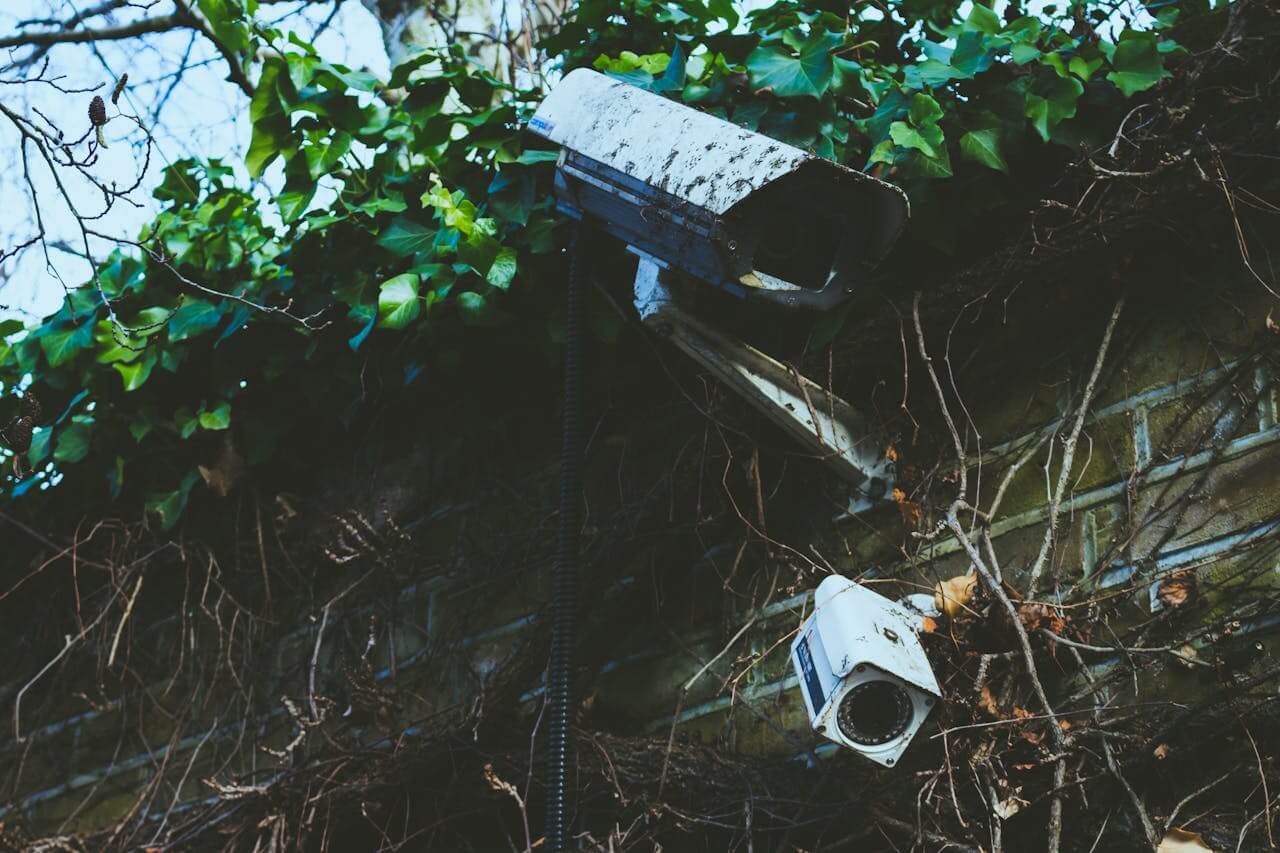If you’re planning on buying land or building anything, you should get a survey. After all, surveyors calculate just about anything in the ground, sky or bottom of the sea (they even measure polar ice caps!).
A land survey provides data that ends disputes, helps with construction and addresses issues related to overlays, zoning requirements, etc.
Boundaries
You may have seen land and topographic surveyors, such as South West Surveys Topographic Surveyors, walking around in hard hats with tripods and telescopic devices, but these professionals do more than just walk around. They use a combination of math, law, engineering and physics to establish property boundaries and other data about a piece of land. This information helps people make informed decisions about building, acquiring and utilizing the land.
A professional land survey is one of the best ways to get an accurate snapshot of a piece of property. This survey reveals the exact size and location of the property and its boundaries. It can also identify any encroachments or other issues that might prevent you from building what you want on your land. This information is especially important if you’re planning to buy a home or other property and are unsure if the deed accurately reflects the true boundaries of the land.
While it’s common for land to change shape and size due to natural events or human activities, regular re-surveying can help maintain a clear picture of its boundaries. Moreover, it can resolve existing disputes and prevent future ones from arising. This process is essential for anyone who wants to ensure that they don’t infringe on the rights of others or violate local zoning regulations.
A survey is an ideal way to find out where water lines, gas lines and other utilities are located on a property. This is important because you don’t want to accidentally cut a line or damage a pipeline, which can be extremely dangerous and costly. The survey will also reveal other important details, such as slopes, flood-prone areas and other geographic features.
Besides revealing the location of structures on a parcel, land surveys can indicate if a property is subject to zoning requirements. This is particularly important for people who want to run a business or other ventures from their home, as it’s vital that they comply with local ordinances regarding building heights and other restrictions.
Almost every homeowner performs improvement projects at some point, and a survey is an ideal way to get a detailed snapshot of the current property before making changes. It can also reveal any encroachments on neighbors’ properties or issues like adverse possession, which occurs when someone uses your land without permission.
Easements
For home buyers, land surveys are essential to make sure they know exactly what they’re purchasing. Lenders and title companies will often require a survey before finalizing financing and insurance details. A property survey will also uncover any existing encroachments or easements that may impact the property.
Residential homeowners will also benefit from land surveys when constructing additions, putting in fences or making other significant changes to their properties. These professionals can determine the exact dimensions of a plot so homeowners or builders can avoid building over or encroaching on neighbors’ property lines. Land surveys can also reveal topographical details that can affect a structure like slopes, flood-prone areas and other geographical features.
A land survey is also an important tool for engineers, developers and property owners who are planning to divide a parcel into multiple lots. Land surveyors are able to identify property boundaries and determine where buildings, roads or other outdoor structures should be placed on the new plots. Land surveying also provides an accurate snapshot of a site so that developers can ensure their plans comply with local zoning regulations.
Many forms of surveying can be considered part of the land surveying profession, including boundary, mortgage, topographic and subdivision surveys. However, cadastral surveys are the most highly regulated as they establish legal descriptions of lot boundaries that remain unchanged for years. These surveys involve setting or resurveying monuments that mark the corners of a property, which may take the form of capped iron rods, concrete or even nails with washers.
In addition to the types of surveys mentioned above, land surveyors can be called upon to provide expert witness testimony regarding property line disputes and other matters involving the law. They can also perform geodetic surveys to establish precise coordinates for locations around the world.
Performing a land survey takes several days to weeks, depending on the size of the property and other factors. However, the benefits of this work far outweigh the investment. A survey gives everyone involved with a project the information they need to make informed decisions, prevents costly mistakes and brings project considerations together into a structured plan.

Rights of Way
Land surveying professionals use advanced tools and technology, including GPS and LiDAR, to determine property lines. They are trained to follow strict standards and guidelines for accurate measurements. Their expertise and reliable services are critical in various industries, including real estate, construction, and urban planning.
A land survey is an official document that can end disputes between homeowners, resolve property issues, and be used for mortgages and title insurance. It can also be required for home improvement projects, such as fence installations or backyard landscaping. Contractors frequently need to conduct surveys before they can get permits for these types of projects.
A survey will also indicate if there are any rights of way on the property. These are passageways that are permitted to pass through a specific area of land, such as driveways or public roads. Having this information can prevent legal disputes, especially when neighbors share a driveway or are concerned about someone’s driveway crossing their property line.
Right of ways can be established through legal documents, such as deeds, or by physically marking the boundary with monuments. These markers can be iron rods, pipes, or concrete blocks set in the ground or asphalt. A surveyor will often use these monuments to find or resurvey the corners of the property boundaries. This type of survey is also known as cadastral or boundary surveying, and it establishes or re-establishes the boundaries of a parcel using a legal description.
Another purpose of a land survey is to identify any bodies of water on the property. Having this information can help avoid potential issues with flooding, tidal action, or building on top of an existing body of water. A professional can also determine if the property is suitable for commercial or residential use, and they can report this to zoning authorities.
The survey process can take a few days to a few weeks, depending on the size of the property and its complexity. It can also be affected by weather conditions and the availability of resources and personnel. Despite the timeframe, modern technologies and surveying techniques are making this process faster and more efficient.
Dispute Resolution
Whether you’re buying or selling land, it’s important to have a survey performed. The surveyor can determine exactly where the property line is and who owns it. This information is vital for mortgage lenders and title companies.
It also helps resolve legal disputes and issues that arise during the process. For example, if a neighbor builds on your property or uses it without permission, a land survey can show that they’re encroaching. It can also show if there are any existing agreements, such as an easement, which grants access to another person’s land.
A land survey can also indicate if there is a body of water on the property, which is important for buyers to know. Similarly, the surveyor can determine if a cemetery is on the property and whether or not construction will disturb the burial ground.
The surveyor will also check to ensure that a land purchase meets zoning requirements and other conditions. Depending on the jurisdiction, a land surveyor may have to adhere to specific rules and regulations, such as filling out significant documents, complying with survey standards, and meeting legal requirements for conducting the survey.
Another reason why a land survey is important is that it can help civil engineering teams establish accurate boundaries for the land they’re working on. This will allow them to make more informed decisions about the project and avoid any potential problems that could arise as a result of building on someone else’s land or violating their rights.
A land survey is also crucial to helping businesses and individuals use and develop a piece of land according to their needs and preferences. This can include building residential or commercial structures, creating public or private facilities, constructing roads and other infrastructure, or even developing agricultural lands.
While there are many different reasons why a land survey is important, one of the most essential reasons is that it provides critical legal information to help with real estate transactions and legal disputes. It can also help to prevent potential environmental problems and issues by identifying the location of natural features and ensuring compliance with zoning laws.




